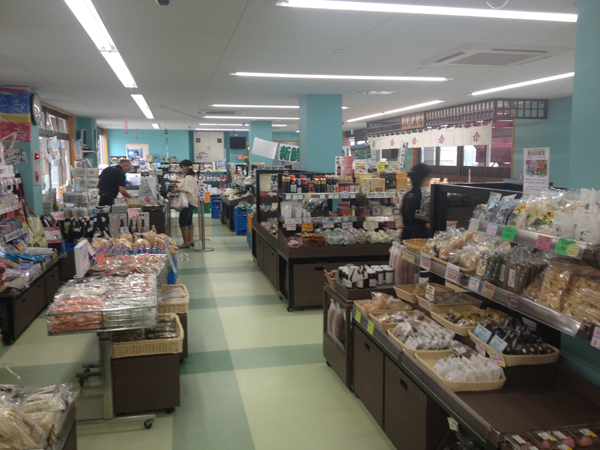Fukushima Revisited

In Tomioka, the town that abuts to the north, the situation was starkly different. It remains a ghost town, with residents prohibited from returning to live there. According to an official at the headquarters for cleanup operations, the town government is still determining whether it will even return. If it does, it’s hard to see how the town will ever thrive. Parking lots of the shopping center were overgrown with weeds. Neighborhoods closer to the shore were completely in ruin, devastated by the tsunami. And then, of course, the unstable reactor lies not far to the north. As some people are saying, the town is just one earthquake away from another disaster.
Some evacuees have decided to rebuild their lives in Iwaki. I got to see some of those businesses, including a delightful yakitori (grilled skewers) restaurant called Kookai not far from the station. Owner Takano Tomohiro hardly seemed resigned to his situation. His small business was full of customers and though he exhibited the stoicism so typical of citizens of the region, he did crack a smile when I asked him how he was doing. He was planning to open a second business in the city in the near future.
I also dropped into a complex not far from the coast where a supermarket featuring local goods had relocated. Although it wasn’t bustling, there were customers there and no doubt its owners were happy to be back at work, having been forced to leave the original stores back in the exclusion zone. But talk of local products raises another question: how safe are they?
Safe for consumption, if we can believe the scientists testing them. We drove out to the Fukushima Agriculture Technology Centre where the government has set up facilities for testing all local products, including fish. The facilities are open to the public, and residents and visitors alike can watch all the testing through windows—transparency, literally, that many believe government authorities should better provide to citizens. According to vice-director Takechi Seiichi, workers from the center collect samples of all products from farms in the region, including vegetables, eggs, meat and fish. They cannot feasibly test all the food produced in the region so they must rely on regular spot checks. The testing is very simple; scientists place samples into a machine that takes a reading of the spectrum of radioactive materials in them. If they find anything above the standards for safe consumption, they halt the sale and distribution of that product (then dispatch officials to the source for further testing). The government currently sets limits for Cesium at 100 becquerels per kilogram. Where the government perhaps damned itself was in raising those limits from standards set before the disaster.
<< | >>
Page: 1 | 2 | 3 | 4








